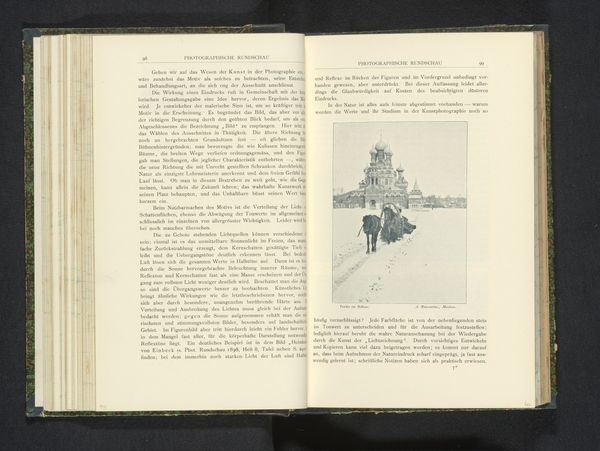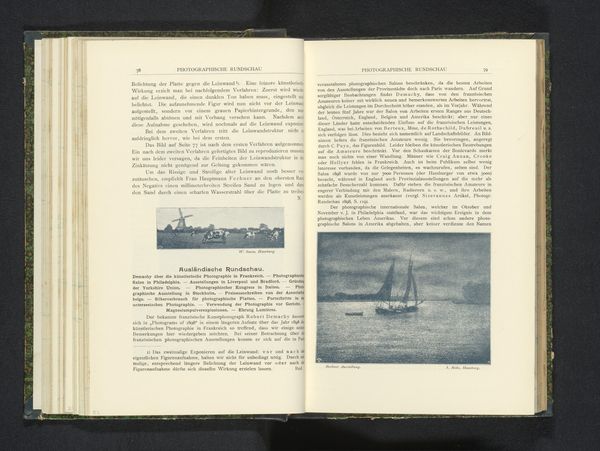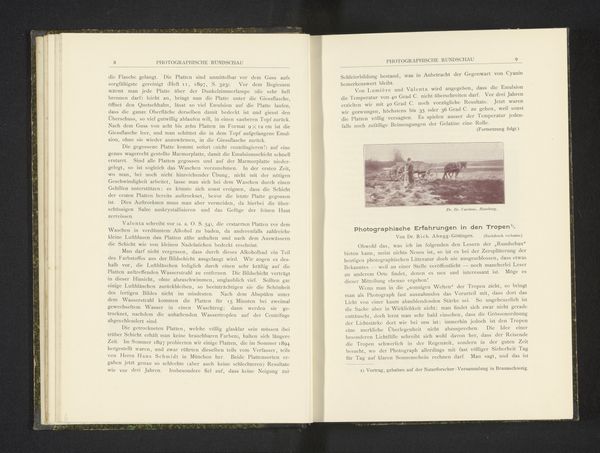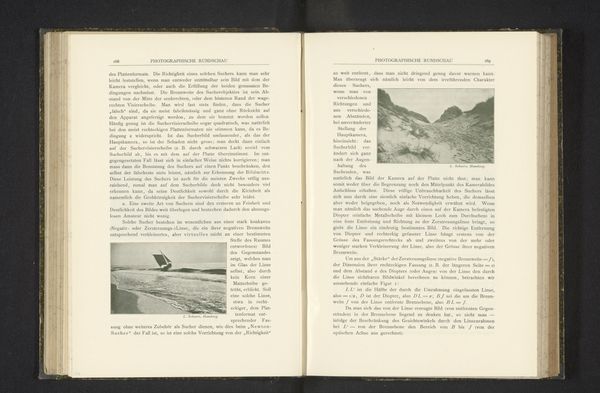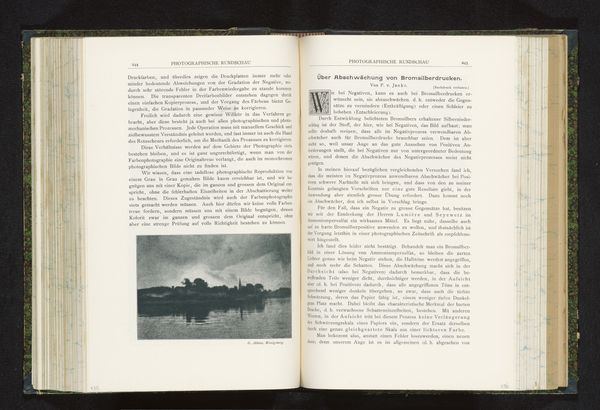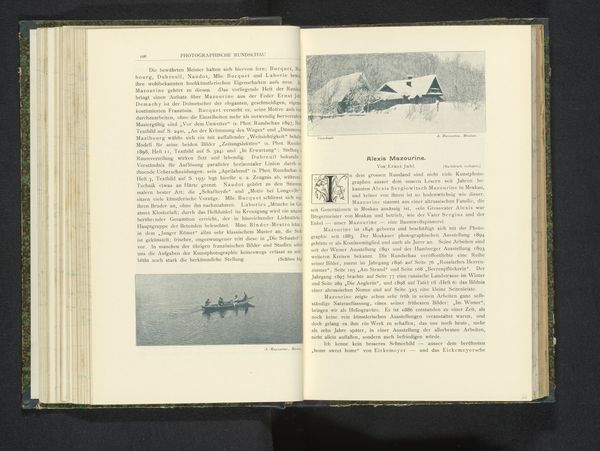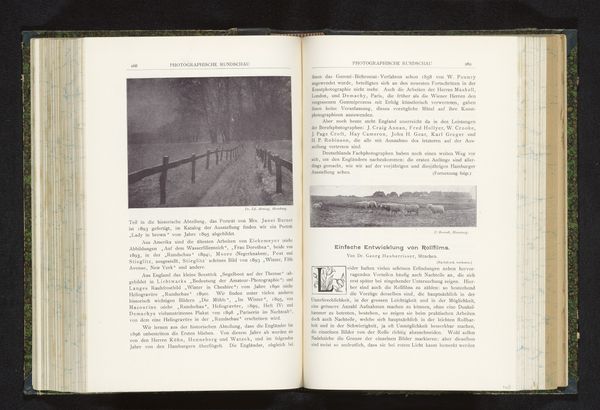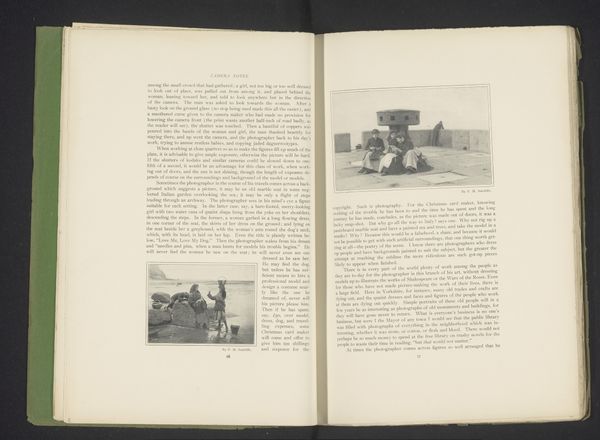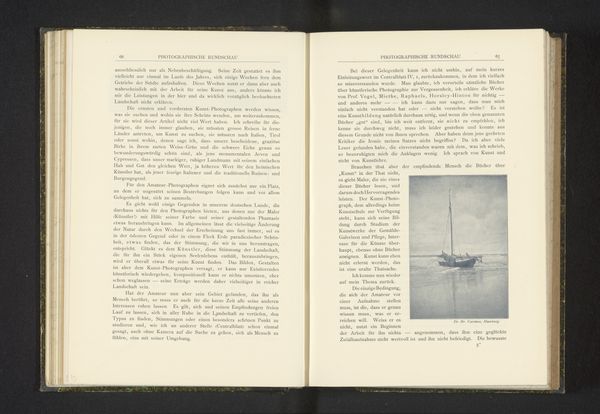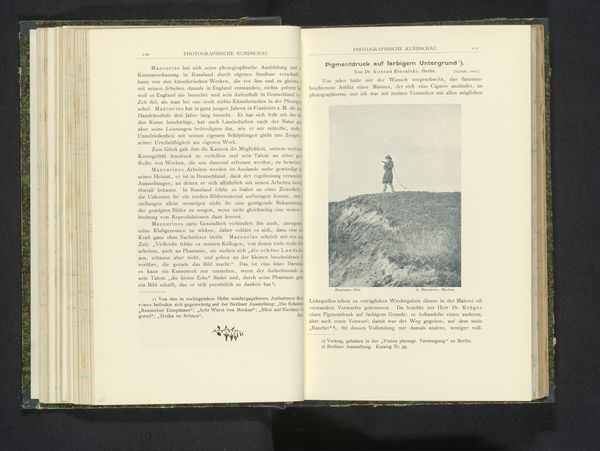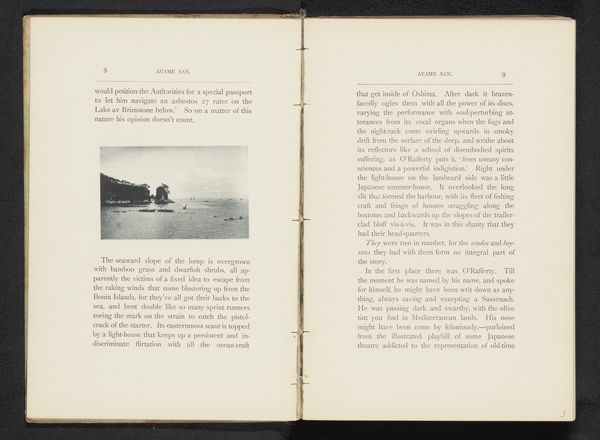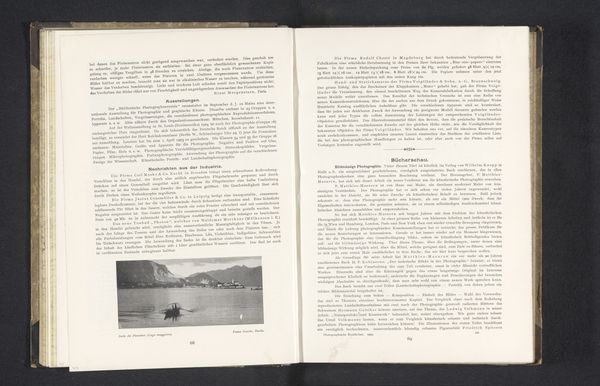
print, photography, gelatin-silver-print
#
portrait
#
pictorialism
# print
#
neo-impressionism
#
landscape
#
photography
#
gelatin-silver-print
Dimensions: height 73.5 mm, width 120 mm
Copyright: Rijks Museum: Open Domain
Editor: We’re looking at “Tweetal Russische vrouwen werken op het land,” which translates to “Two Russian Women Working on the Land,” a gelatin-silver print from before 1899 by Alexis Mazourine. The image is serene, almost dreamlike; it’s a rural scene. What historical or social narratives do you find embedded in this photograph? Curator: I notice how the artist employs a pictorialist aesthetic. Think of how that movement often romanticized rural life, drawing a distinct contrast between idealized peasant labor and the rapidly modernizing urban centers. Consider who this image was *for*. Editor: What do you mean? Curator: How might a burgeoning middle class in Russia view this portrayal of rural women? It presents a highly stylized, perhaps even nostalgic vision, deliberately distancing itself from the harsh realities of agrarian labor. Mazourine, operating within these constraints, crafted a particular visual narrative – not necessarily a literal representation. What’s present, what’s excluded? These are important to consider. Editor: So, beyond its surface beauty, the image participates in broader social narratives? It becomes part of how Russia understands itself at the turn of the century? Curator: Precisely. Think about art’s role as a mediator of identity. Whose stories are amplified, and whose are relegated to the periphery? Editor: It's like the photograph itself becomes a site of negotiation between the ideal and the real. Curator: Exactly! It urges us to consider whose gaze this idyllic scene truly caters to. Editor: It shifts how I saw a 'simple landscape'. I appreciate you clarifying the importance of considering socio-political factors when interpreting art.
Comments
No comments
Be the first to comment and join the conversation on the ultimate creative platform.
